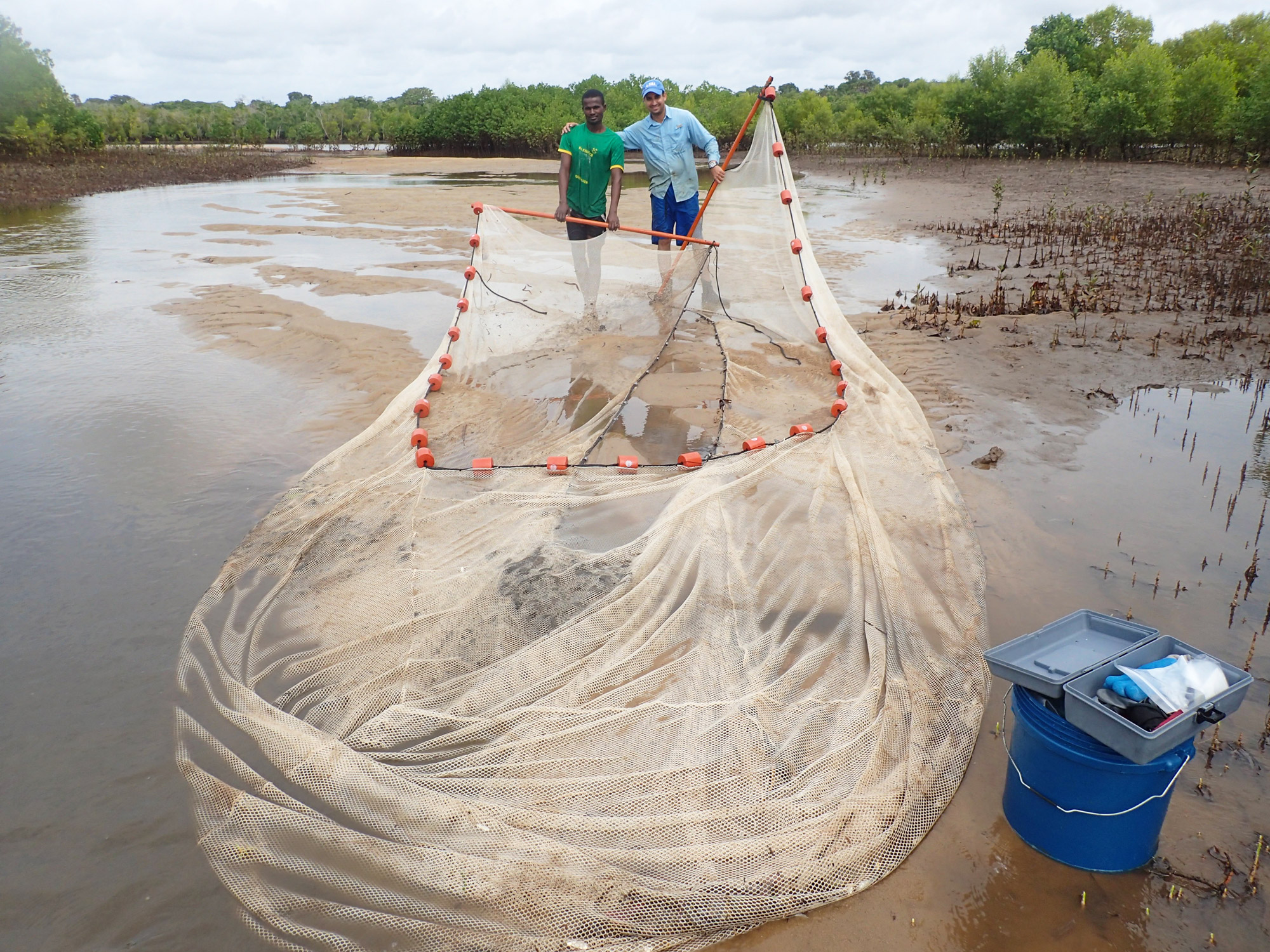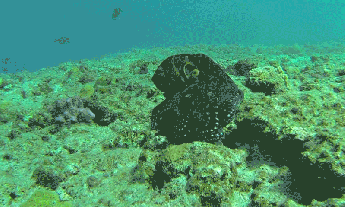
These weird-looking, isolated aquatic creatures probably won’t star in a Pixar film anytime soon, but by studying them, we can learn about our planet’s past and its future, says evolutionary biologist and ichthyologist Prosanta Chakrabarty.
During the Age of Enlightenment’s scientific revolution, naturalists went out into the world in large numbers to take a census of the earth’s flora and fauna: collecting different plants and animals, identifying the ones never before seen, and naming and classifying them according to the taxonomy system devised by Carl Linnaeus. Centuries later, Louisiana State University marine biology professor and Senior TED Fellow Prosanta Chakrabarty (TED Talk: Clues to prehistoric times, found in blind cavefish) is continuing the search for new species — of marine and freshwater fish, in his case — by traveling to bodies of water and swimming, trawling and diving through them to catch and examine specimens by hand. But thanks to 21st-century technology and knowledge, he’s able to do much more than just name them — he can evaluate a fish right down to its genes and use this information to find its relatives, redraw the Tree of Life, and learn more about our planet’s geological history.
Among the questions that he’s exploring, Chakrabarty wants to understand: Why are there so many more species of fish than other vertebrate animals in the world? “There are 40,000 fish species that we’ve identified so far,” he says, “which is more than all the amphibians [7,850 species], reptiles [9,500], birds [10,000] and mammals [5,416] combined.” While fish have existed on earth longer than most of the other vertebrates, that doesn’t completely account for the difference in numbers — amphibians are older than fish yet there are far fewer species. Another thing that fascinates him about fish: the number of freshwater species is close to the number of saltwater species — yet less than .02 percent of all the world’s water is freshwater. Part of the reason, hypothesizes Chakrabarty, is “isolation plus time,” the secret formula for the origin of species. “It’s much easier to be an isolated population in a river or lake, where the environment changes more rapidly, than in a large ocean, where the environment may change little over long periods of time,” he says. Freshwater bodies tend to be separated from one another, and that seclusion appears to accelerate evolution — which results in greater species diversity.
One of Chakrabarty’s favorite places to discover brand-new fish species: caves! “A careful taxonomist who doesn’t mind going into tight spaces stands a good chance of finding new species in them,” says Chakrabarty, who explored his first cave in Madagascar in the mid-2000s, led by mentor John Sparks of NYC’s American Museum of Natural History. “I was totally unprepared; I had never been in a cave before at all. But I loved it. They were these beautiful dark subterranean places, but to our surprise some blind cavefish also made it out to areas of full sunlight, including a sinkhole where we discovered the first darkly pigmented species of cavefish.”

After that trip, Chakrabarty has devoted himself to studying cavefish. So far, he has described four new-to-science species, one species each in Madagascar, the US (shown at top, stained to highlight its anatomy), Mexico (shown directly above, described with Stephen Walsh), and Australia. The unusual biology and behavior of cavefish entrance him. “It’s magical seeing these little blind, stark white creatures in the darkness,” he says. “They’re like ghosts.” All cavefish lack the ability to see. “Cavefish have evolved to be blind because, living in the dark, they’ve lost the genetic function critical to eyesight,” he says. “Because they have no predators and cannot see you, sometimes they’ll swim towards you, like curious puppies.”
Intriguingly, he found that the closest relative of his Madagascar cavefish is a species in Australia — 6,000 miles away. “Every species on earth has a closest living relative out there somewhere, but ‘closest-living’ doesn’t mean they live in proximity; it means they’re each other’s nearest relative in the Tree of Life,” says Chakrabarty. “A species’ closest relative may live thousands of miles away now, but they once had the same ancestor.” Figuring out the closest relative of a contemporary specimen is done by comparing its DNA to the DNA of other species and finding the one that is the most similar. The typical next step for scientists is to figure out how long ago the two species split. In the case of the Malagasy and Australian cavefish, Chakrabarty used a method called the “molecular clock,” which looks at when their common ancestor first appeared in the fossil record and then extrapolates from there — based on the rate that DNA is known to change among fish — to pinpoint when they diverged.
By looking at these two cavefish, he can learn about how the earth’s plates moved, and when. “Cavefish are perfect specimens to study to figure out how to date geological events,” Chakrabarty says. The shift in continents is the only possible explanation for their geographic dispersal — as he puts it: “there’s no way a three-inch-long freshwater cavefish swam across the Indian Ocean.” Using the molecular clock, he traced their common ancestor to a fish that existed more than 100 million years ago — which is back when Madagascar and Australia were part of a single landmass with Antarctica and India (what scientists now call Eastern Gondwana). “By identifying current species, we can help reconstruct and refine how Eastern Gondwana was arranged and broke apart during that period,” he says.
Another part of the work of contemporary ichthyologists like Chakrabarty involves redrawing the Tree of Life, or at least the fish part of it. Thanks to genomic technology, scientists can redescribe — or, in other words, redo the taxonomy of a species by drawing on new data — all the fish that have been identified so far by older methods. “Many species were poorly described, or their place on the Tree of Life is incorrect,” says Chakrabarty. Technological developments in the past 15 to 20 years have made this redescribing process much more precise. MRI and CT scans help researchers investigate the internal anatomy of specimens with a high degree of precision, and genomic data helps them know fish on a still deeper level. “Genomic data can tell us what genes a specimen has or doesn’t have and which genes they use more than others,” he says. “It can tell us how a deep-sea fish glows, or how and when a pancake batfish got flat. It’s an incredible time to be a natural historian.”

Because the world is changing quickly, scientists are trying to learn as much as possible about the animal kingdom before more species go extinct. “I see a lot of destruction of freshwater habitats — due to damming or pollution — and I’ve been to lots of places where there are no fish left,” says Chakrabarty. “Comparing what we have stored in past collections to what we’re catching today — the specimens are getting smaller, or they’re not around anymore,” he adds. “It’s sad because museums are the record of the world’s biodiversity, and natural historians are the front lines of seeing what is changing and shrinking every year.”












